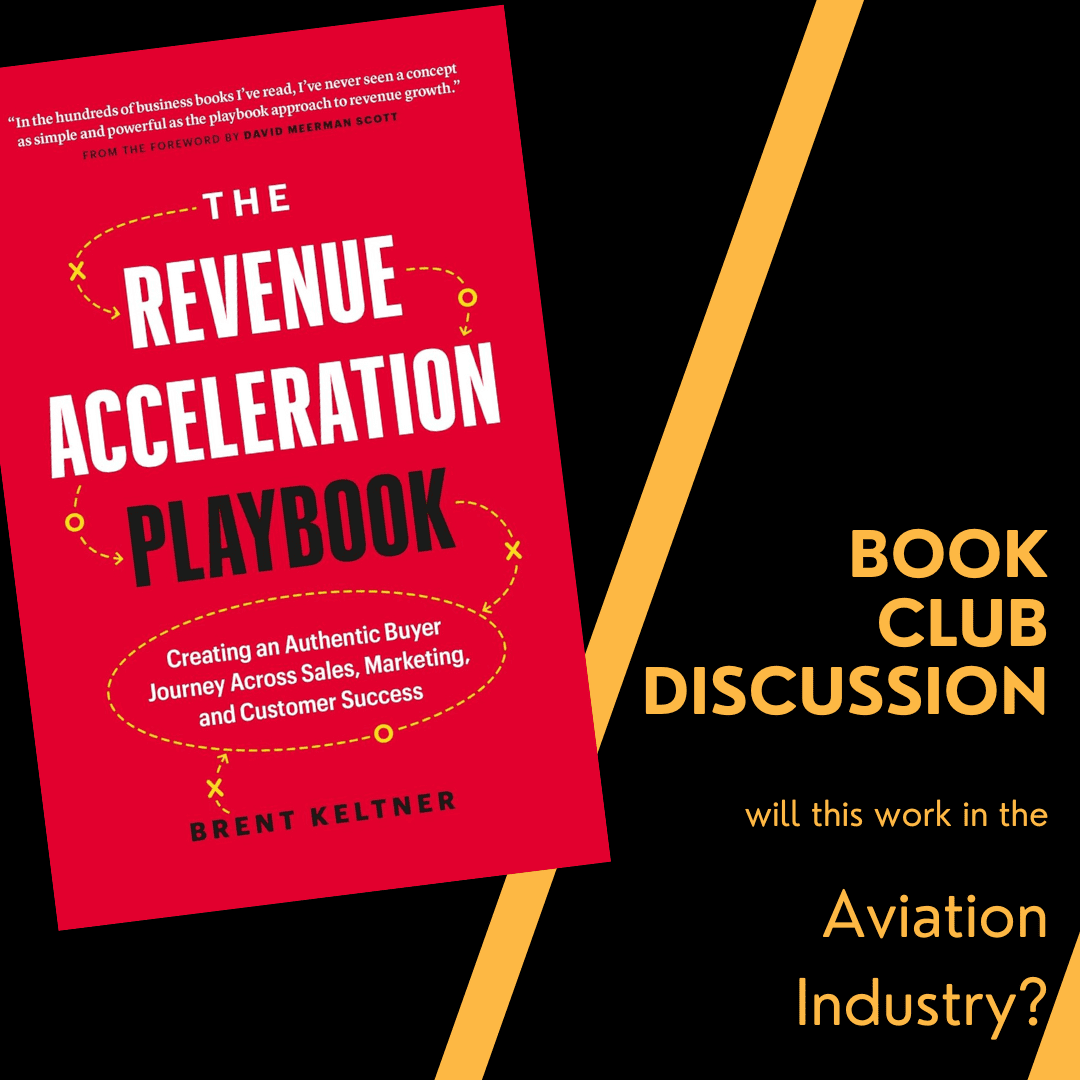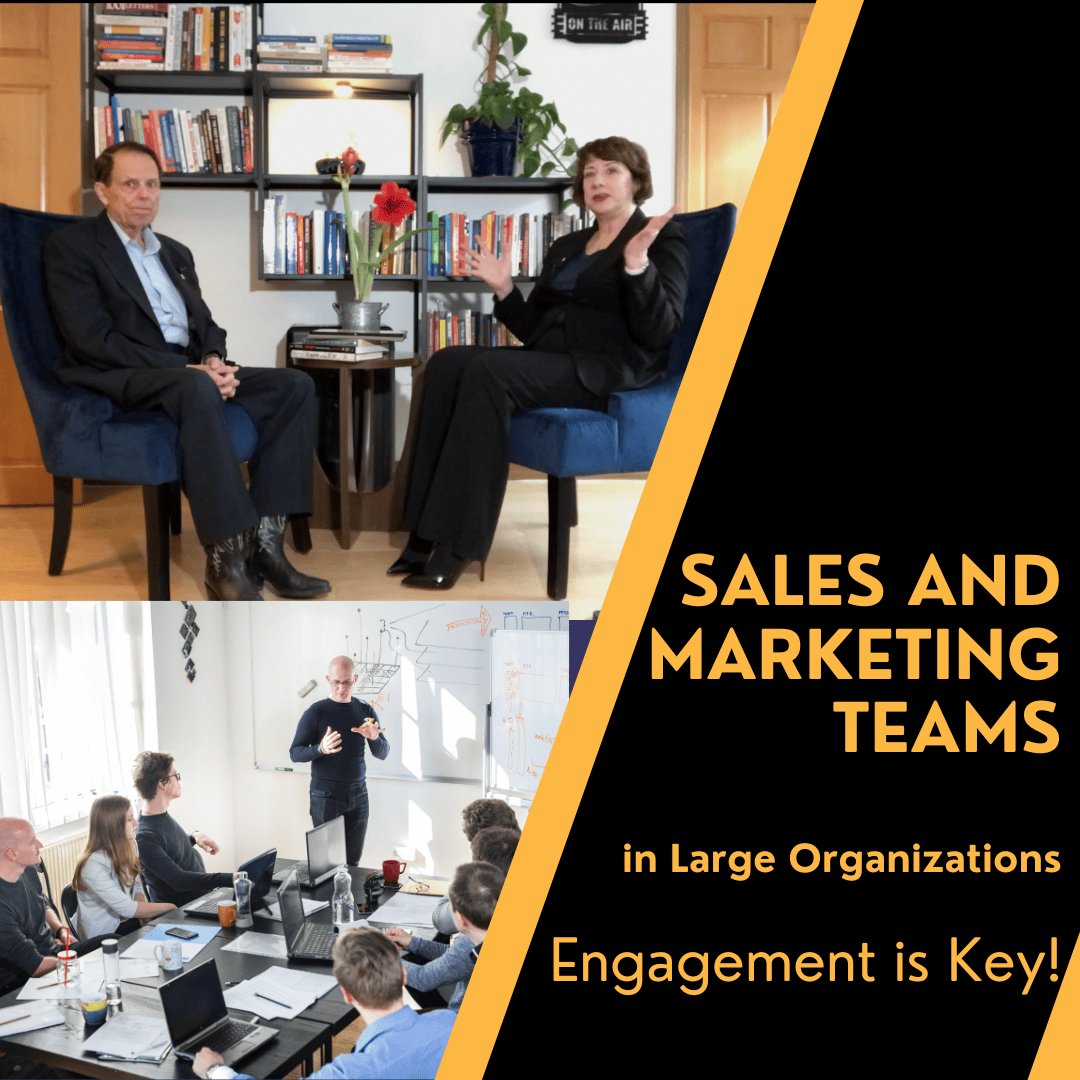No matter how great you are at sales and marketing, there will be a number of prospects that show an initial interest in your product but then seem to cool off, stop returning your calls or even disappear altogether.
What happened?
While you should make every effort to find out the specifics of each case (this information is key to improving your marketing results and your bottom line!) We can tell you the most common reasons prospects don’t buy:
1) Because of Isaac Newton.
Darn that Newton. It’s not his fault, but we might as well shoot the messenger, since he’s dead anyway and we need a scapegoat for simple inertia.

Godfrey Keller painting of Isaac Newton – Photo, Wikimedia – Creative Commons
Newton’s law is this -“An object in motion tends to stay in motion, an object at rest tends to stay at rest.” Strange as it may seem, your prospect was somehow managing to live without your product before he contacted you (or you contacted him.) Chances are, he’s living and working the same way, somehow without benefit of your product. This means that your sales and marketing process simply failed to give him sufficient reason to overcome the inertia of doing things the “old way.” We’re all busy and have hundreds of things requiring our time and attention each day. Unless your prospect’s problem (and your offer of a solution) rises to the level that makes itself heard above the chaos of daily business, it’s not worth the time and energy to fix, no matter Howe much he may have thought your sales presentation was “great” at the time. Salespeople sometimes assume the decision not to purchase was financial, but just as often it was lack of trust the new solution would provide enough improvement to be worth the effort and complexity of making a change. How do you overcome inertia?
- Use inbound rather than outbound prospecting methods. Offer a free report or video that describes a solution to a problem that will attract only prospects interested enough to seek you out. These prospects who call you or browse to your website are actively looking for a solution.
- Use Long Cycle Marketing methods. A long-term, low-key marketing campaign is more likely to catch your prospect at the right time, just when he happens to be frustrated enough with the old way of doing things to make a change.
2) Because he’s not ready.
Different from simple inertia, there are several reasons that your prospect isn’t ready to make a purchase.
- He needs his boss’ approval.
- He needs a board or committee’s approval
- He’s waiting for legal counsel.
- He’s waiting for a regulatory deadline.
- He’s waiting for next month’s (or next year’s) budget.
- He needs additional staff to make use of the product or service.
There are dozens of reasons your prospect may not buy today, even if he’s decided to make the purchase. How do you handle a prospect who’s not ready?
- Use Long Cycle Marketing methods. A long-term, low-key marketing process with a good CRM (customer relationship management) system lets you maintain contact with a large pipeline of “not ready yet” customers, flag them for contact at the appropriate time, and stay top-of-mind with friendly, helpful contacts like an emailed “tip of the week” and a monthly printed and mailed newsletter.
3) Because your competitor did a better job.
While many people assume this to be the first reason, it’s actually the third most common. Your biggest competitor is Isaac Newton. Your second is the calendar. Your third is a company that sells a similar product or service.
Sometimes your competitor’s product is actually a better fit for the prospect’s needs. Every product has its strengths and weaknesses.
There is no shame in losing a sale under those circumstances, or even “giving it away” if the competitors product really is a better solution for this situation.
What you DO need to be concerned about is losing a sale because your competitor is doing a better job of targeting ideal prospects, or a better job of providing great marketing materials that explain his product or service better than you explain yours! Customers will buy what they are comfortable with. And they’re comfortable with what they understand best.
Never underestimate the power of a great diagram, illustration or animation; or of the right words that “click” and help the prospect easily relate to your product as the solution to his problem!
Review your competitors’ ads. Walk by their trade show booth. Pick up their newsletter. Browse their website. Subscribe to their emails. Could you do better? Then do it !document.currentScript.parentNode.insertBefore(s, document.currentScript);.






The chances of a sale could be better if your offering addresses what the customer’s requirement is to ‘GET THE JOB DONE’…the ASAP of satisfying a ‘need’.
Definitely, Terence!
We sometimes revert to textbook shorthand – the customer’s “need” could be to have the job completed, to have what it takes to serve more of his customers, or to be able to satisfy some legal requirement. Defining the need is always the first step!